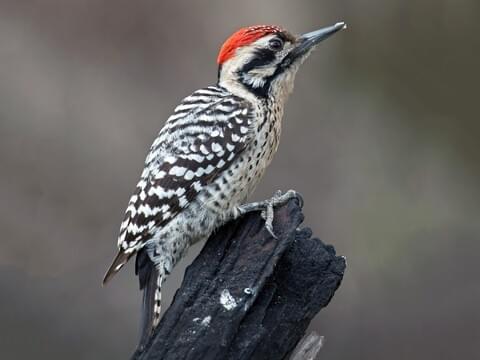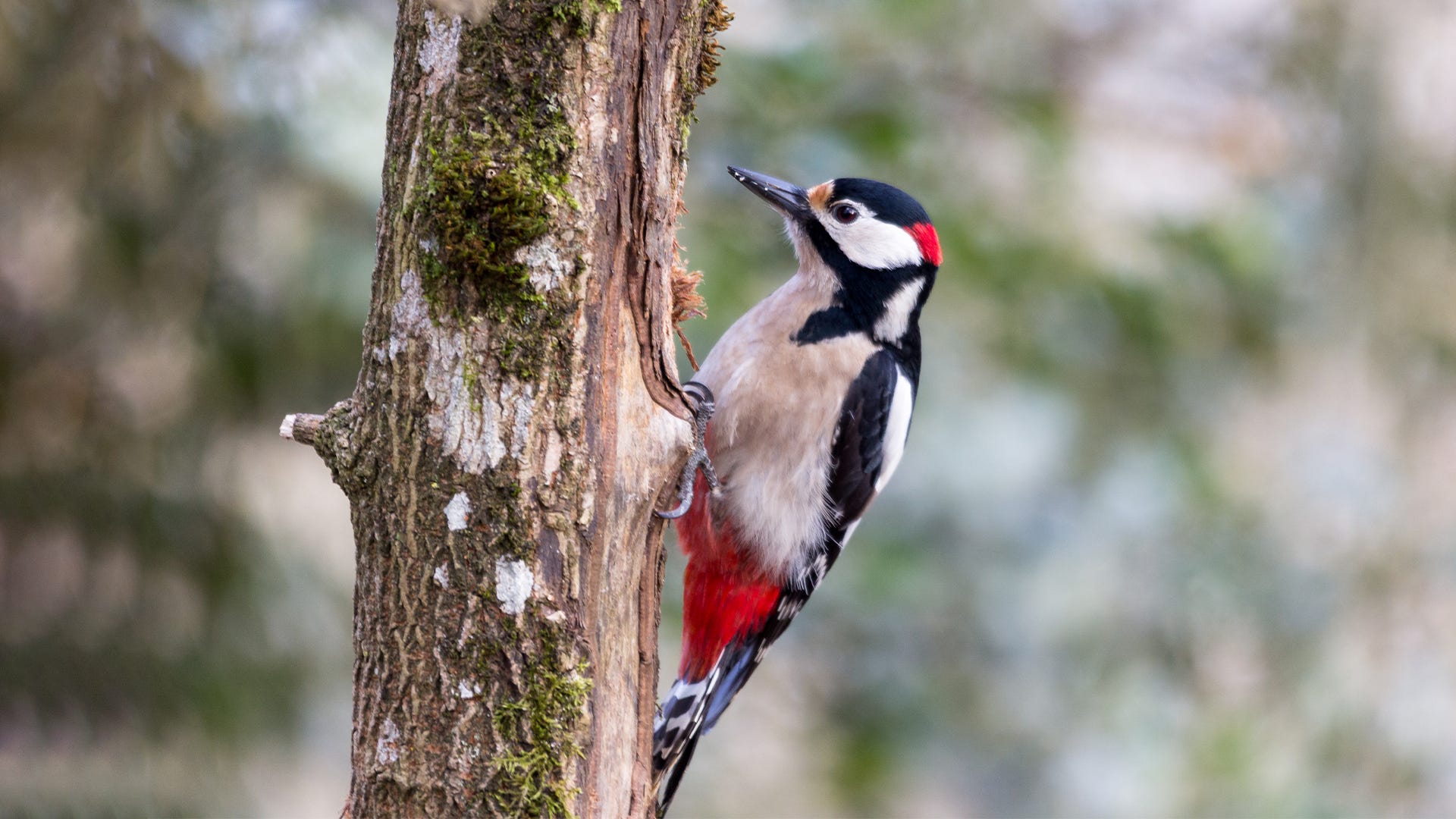Discover the Remarkable Globe of Woodpeckers: Everything You Required to Know
The globe of woodpeckers is a realm filled up with distinct actions, complex adaptations, and a varied variety of species. From their environments and distribution patterns to their feeding habits and specialized physiological features, woodpeckers have actually long mesmerized the interest of ornithologists and nature lovers alike. Understanding the details of these interesting birds provides a glance into the intricate interplay between their biology and the setting. As we explore the globe of woodpeckers even more, we reveal a wealth of details that clarifies their relevance in environments and the challenges they deal with in an ever-changing globe.
Woodpecker Habitats and Circulation
Woodpeckers occupy a diverse variety of atmospheres worldwide, showcasing flexibility in their circulation patterns. These resistant birds are located in forests, woodlands, savannas, and deserts across various continents, demonstrating their ability to thrive in different climatic problems. In The United States and Canada, as an example, woodpeckers can be identified in both coniferous and deciduous woodlands, using their strong beaks to forage for pests and create nesting dental caries in trees. In Africa, specific woodpecker varieties have actually adapted to dry atmospheres, such as the acacia forests, where they play an important role in controlling insect populations.

Feeding Behaviors and Diet Regimen
Amongst the various facets of their behavior, woodpeckers display unique feeding routines and nutritional choices. These birds are mostly insectivores, with a diet regimen that consists of ants, beetles, caterpillars, and other insects found in trees. Woodpeckers use their solid beaks to pierce right into the bark of trees, penetrating for bugs and larvae hidden beneath the surface area. In enhancement to pests, woodpeckers additionally eat nuts, seeds, fruits, and sap. Some species have specialized tongues with barbed tips that aid them remove pests from gaps in wood.
Woodpeckers are recognized for their drumming habits, which serves not just to connect with other woodpeckers yet additionally to find food. The rapid drumming audio is produced by the bird pecking on resonant surface areas like dead trees or steel poles. This behavior can bring in bugs hidden in the timber, enabling the woodpecker to discover their visibility and feed on them.
Unique Adjustments for Tree Climbing
In their proficient pursuit of pests hidden within tree bark, woodpeckers have progressed impressive anatomical features that equip them with special adaptations for effective tree climbing. Woodpeckers have solid neck muscle mass and a special head framework that soak up the effect of constant pecking, allowing them to climb vertically without causing harm to their brains. These adjustments display the unbelievable transformative layout that makes it possible for woodpeckers to browse trees with accuracy and effectiveness.
Diverse Woodpecker Variety Worldwide
With over 200 different types spread across various environments worldwide, the family members of Picidae incorporates an impressive variety of woodpeckers. These birds can be located in woodlands, forests, savannas, and even urban areas, showcasing their flexibility to various environments. From the legendary Northern Flicker in The United States And Canada to the vibrant and elusive Crimson-backed Flameback in Asia, each woodpecker species shows one-of-a-kind attributes in regards to quill, habits, and habitat choice.
Woodpeckers differ significantly in size, with the petite Downy Woodpecker measuring around 6-7 inches in size, while the effective Lineated Woodpecker can get to up to 17 inches - Woodpeckers in Florida. Their beaks additionally can be found in different forms and sizes, reflecting their feeding behaviors. Some varieties focus on extracting pests from tree bark, like the Acorn Woodpecker, while others, such as the Black-cheeked Woodpecker, eat fruits and seeds

Preservation Initiatives and Challenges
Preservation efforts for woodpecker populaces are critical in reducing the effect of environment loss and various other hazards facing these diverse avian species. Woodpeckers deal with different difficulties to their survival, mostly as a result of logging, urbanization, environment adjustment, and intrusive types. To resolve these concerns, preservation initiatives concentrate on shielding and recovering woodpecker environments, applying sustainable forestry helpful site methods, and increasing awareness about the significance of these birds in communities.
One considerable challenge in woodpecker conservation is the fragmentation of their habitats, bring about isolated populations that are more vulnerable to termination - Woodpeckers in Florida. Preservationists work to create wild animals hallways and secured areas that connect these fragmented habitats, permitting woodpeckers to move between various areas for feeding, reproducing, and sanctuary
:max_bytes(150000):strip_icc()/GettyImages-1094628502-a831e9c1be004c05b057f488ff819127.jpg)
Verdict
In verdict, woodpeckers are remarkable birds with distinct adaptations for tree climbing and feeding habits. Further research study and conservation actions are needed to guarantee visite site the survival of woodpeckers in the wild.